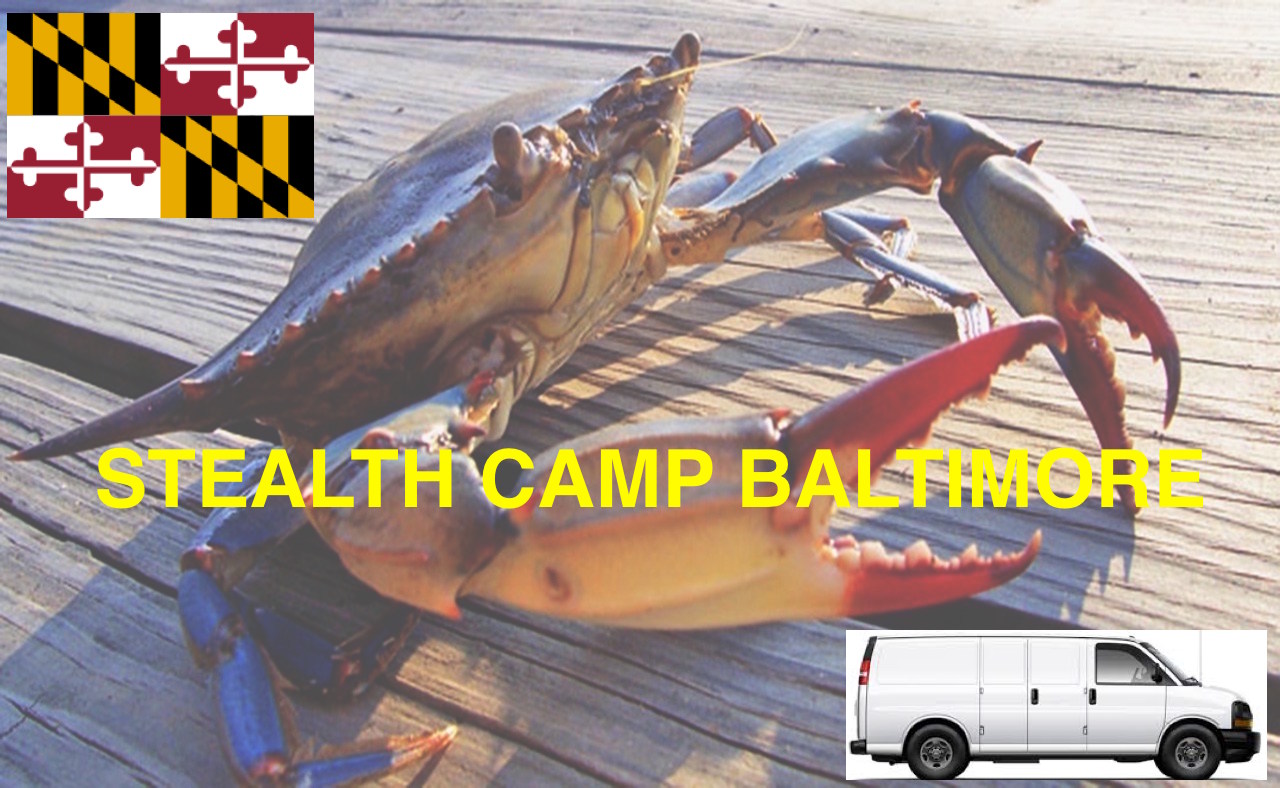CORDS
(and wires)
STICK IT IN AND EXPERIENCE THE POWER !!!
Handling DC electricity is pretty straightforward. You only have two wires...a red (hot) wire for the Positive and a black (neutral) wire for the Negative. Just connect an appliance to a battery--positive node to positive and negative node to negative, to get the appliance to run. You also have two choices with wiring your solar batteries together (if you buy more than one). Depending on your wiring configuration, your batteries will either be connected in Parallel or in Series. Just watch a couple of YouTube videos to learn the difference.
|
I installed this HITRENDS Surge Protecting Power Strip... (also see the images below of the black power strips). Instead of having a circuit breaker box, I installed 3 different power strips. Each with a surge protector. Each strip controls a group of related electronics or appliances. The White one also has 6 different USB recharging ports. My 3000watt/6000watt inverter has 3 outlets...one for each of my 3 surge protected power strips. See how this all works together?
|
click image for more info
|
|
These are simple, good quality, inexpensive GE brand surge protector power strips. I have two of these wired into my Tiny Home. I use them instead of standard power outlets. One is wired above my kitchenette (above the water splash line). The other handles my computer & printer.
|
click image for more info
|
|
This is a good basic medium duty extension power cord. I use mine to run electricity from the solar battery bank side of my Tiny Home over to the kitchenette side. I primarily snaked this cord through the wall ribs inside the Stealth Van. It's completely inconspicuous and safely out of the way. If needed, since it is 25 feet long, I could run it from my Inverter to 20 feet outside if I ever wanted to plug in my amplifier / speaker and play a concert with my electric guitar.
|
click image for more info
|
|
I bought some 16 gauge lamp wire. It's good for 12 volt applications so long as you can tell the positive & neutral wires apart (since this wire is NOT color coded). I ran one end from the MPPT charge controller load ports to my small electric water pump (which provides fresh water to my sink). The wire works great and this 12 volt application is perfect for 16 gauge wire.
|
click image for more info
|
|
As I mentioned before, This 10 awg (gauge) copper wire is perfect for solar. These cables are color coded and have MC4 connectors at each end to plug right into your solar panels. 10 awg is perfect for my 500 watts of DC current running at approximately 28 amps. One end of the cable connects to the solar panel and the other end gets cut off so as to insert the bare copper wire end right into the MPPT charge controller. Be sure to measure the distance from your solar panels to your MPPT controller and get the proper length of wire to match the distance.
|
click image for more info
|
|
This heavy duty 0 awg (gauge) copper wire is used to connect your solar batteries to each other if you have more than one solar battery. Also these cables are used to attach the leader solar battery to your Inverter. The thicker the wire the better and more efficiently it conducts electricity between 2 points. You must attach (crimp) ring terminals to each cut end of wire in order to connect them to the batteries or inverter. You may also just buy these cables pre-cut to different lenths with the ring terminals pre-crimped on them.
|
click image for more info
|
email me at [email protected]








